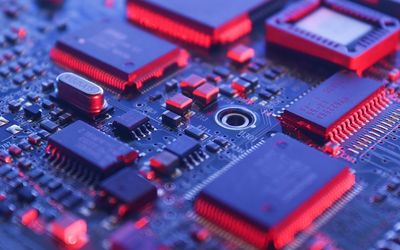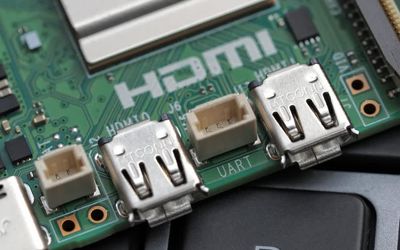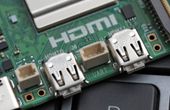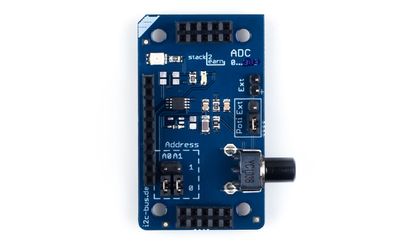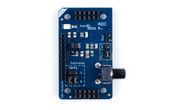Microchip Technology BN61G23A Curiosity Platform Dev Board + GP DIM
Development and Demonstration Platform for PIC32A MCU Family
General
| Product Type | Development Boards |
| Compatible with | PIC32A family |
| Applications | Embedded Systems, IoT & Smart Systems, Research & Education, Prototyping & Development, sensor |
| Key Features | Rapid prototyping, On-board Debug and programming, Multiple power supplies, expansion headers, educational purposes, embedded systems |
Technical Specifications
| Communication Interfaces | HSLI (UART over CAN) or TTL UART |
| Input Supply | 5V or 3.3V |
| Package Type | Dual Inline Module (DIM) |
| IO Pins | 120-pin GPIO |
Overview
The Microchip Technology BN61G23A Curiosity Platform Development Board is a versatile, full-featured development and demonstration platform designed for exploring the capabilities of Microchip’s PIC32AK1216GC41064 MCU family.
It’s a feature-rich Dual Inline Module (DIM) platform, suitable for engineers and developers working with Microchip’s 16- and 32-bit embedded controllers. Its modular design, extensive expansion options, and integrated debugging tools streamline the development and testing process for a wide variety of embedded applications.
Modular Processor Support with Multiple Expansion Options
The BN61G23A board operates with a 120-pin General Purpose DIM, which must be populated with a PIC32A MCU purchased separately. It enables the prototyping of applications that feature various microcontrollers from the same family. This modularity allows developers to select and swap target devices as needed.
It offers mikroBUS™ and XPLAINED PRO interfaces for hardware expansion, making it compatible with a wide range of add-on boards, such as QT Touch extensions, BIST XPRO kits, and Mikroe click boards™ for sensors and communication.
The board can also interface with an external memory via a QSPI interface, which allows connection and storage with a 2 Mbit SQI Flash EEPROM for non-volatile data storage.
Moreover, the board offers flexible powering options. A 3-pin header J25 lets the user decide between power options, such as:
USB Power - The board uses a primary power option with a USB Micro-C® connector. It adheres to the USB 2.0 specifications, supporting power ratings of up to 500 mA and 5V.
External Power - The board is also compatible with an external +5 Vdc using the J26 connector. This mode allows up to 6 V input supply. Exceeding these voltages may result in damage to the 3V3 LDO pins.
Boost Circuit - The board offers a power plane that connects to a boost converter for the general-purpose DIMs.
General Purpose DIM with Flexible Interfacing Options
The BN61G23A board requires a compatible GP DIM module. It’s designed for a compatible target dsPIC33A or PIC32A device. It makes it easier for developers to upgrade and change target microcontrollers without replacing the entire development board. It offers 120 GPIO pins, with various communication and user-interaction devices.
The user interface elements include an RGB LED, 8 indicator LEDs, and 3 capacitive touch pads, allowing rapid prototyping for digital input and output applications. Moreover, a 10k potentiometer is also available for replicating analog signal applications without needing any external circuitry.
Additionally, there are expansion headers for enhancing IO capabilities for larger-scale applications. All user interface elements are programmable, allowing for flexible interaction with the board’s firmware.
The board also features an integrated PKOB4 debugger and programmer, supporting dsPIC33A or PIC32A debugging and programming.
Current measurement header for monitoring DIM power consumption
Likewise, there are multiple communication interfaces for seamless sensor integration and external connectivity, such as:
USB Micro-C connector for UART-based PC communications.
CAN board connector and transceiver for CAN-FD connectivity
50 mil RMII connector for Ethernet connectivity.
Where to find it

Mouser Electronics
Mouser Electronics is a worldwide leading authorized distributor of semiconductors and electronic components.



